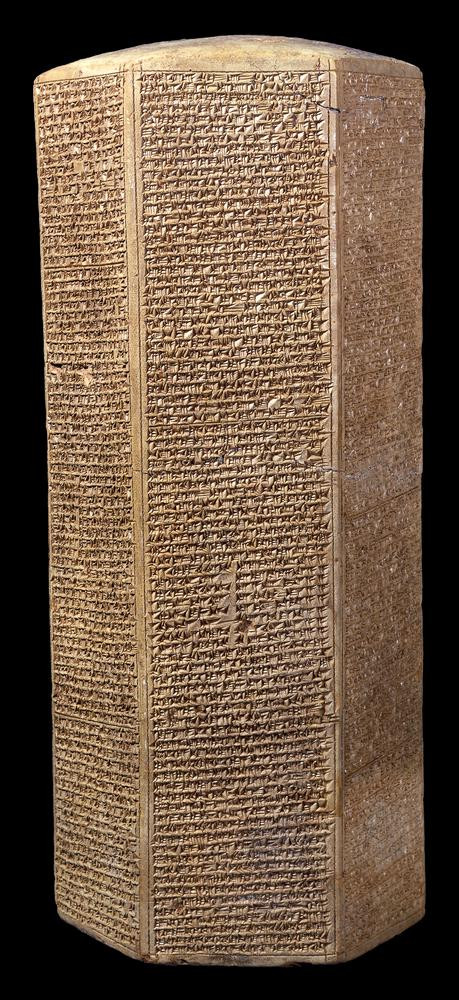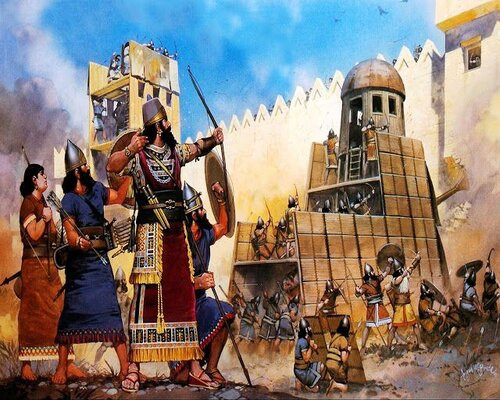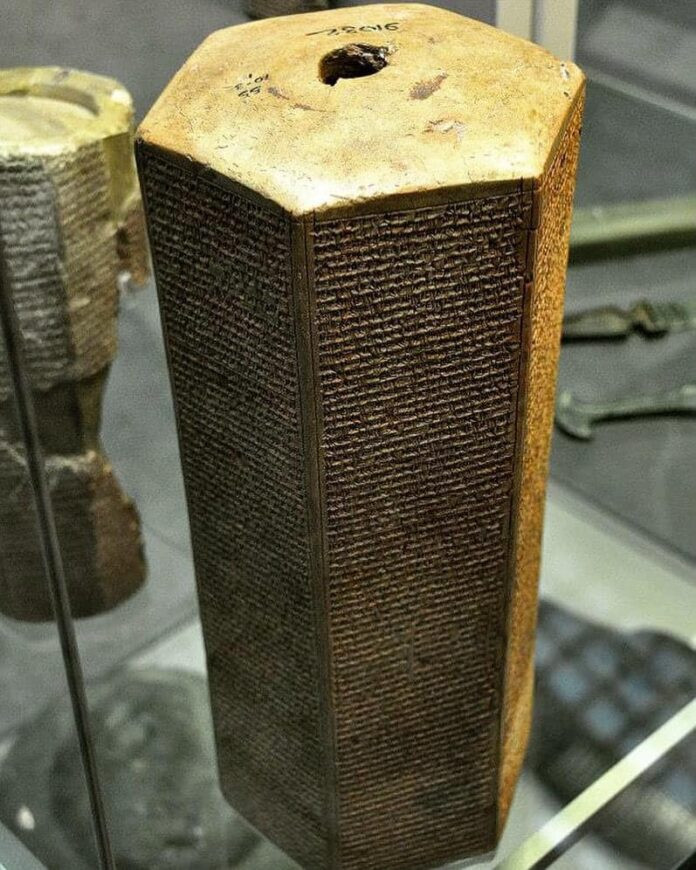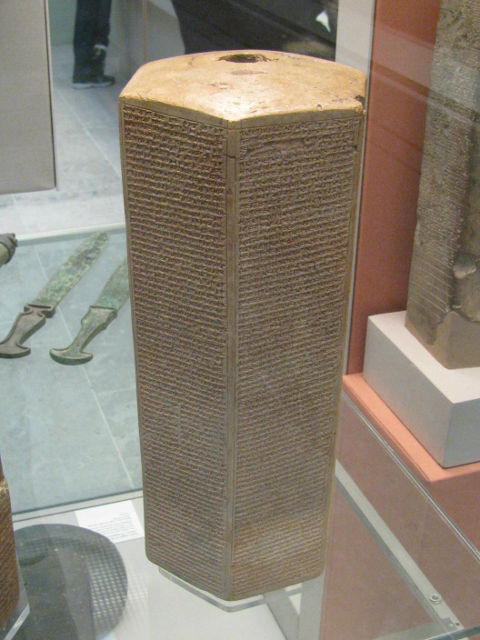Unearthing a Mesopotamian Treasure
In 1830, a remarkable discovery was made by British archaeologist Colonel Robert Taylor. He uncovered a clay artifact that, though just 15 inches tall, held a wealth of information through its cuneiform inscriptions, shedding light on one of the most powerful empires of the ancient world.

A Royal Chronicle Set in Clay
This artifact is now known as the Sennacherib Prism or the Taylor Prism. It chronicles the reign of King Sennacherib, who ruled the Neo-Assyrian Empire from 705 to 681 BC. The detailed inscriptions provide a unique glimpse into his military campaigns, architectural achievements, and diplomatic relations, showcasing the might of this formidable ruler.

Tales of Conquest and Glory
The Assyrian March on Judah
One of the most captivating narratives within the prism recounts Sennacherib’s invasion of the Kingdom of Judah in 701 BC. It details the capture of numerous cities and the deportation of their inhabitants—a common tactic employed by the Assyrians to establish control over conquered territories.

The Siege of Jerusalem: An Untold Story
Interestingly, while the prism boasts of many victories, it notably omits any mention of the conquest of Jerusalem. This silence has led historians to speculate about the true outcome of Sennacherib’s campaign against this holy city, raising questions about what really transpired during this significant historical event.

A Testament to Assyrian Might
The Sennacherib Prism does more than just document military exploits; it vividly illustrates the grandeur of the Assyrian Empire. It describes Sennacherib’s vast wealth, his ambitious building projects, and the tributes he received from subjugated nations—all reinforcing his image as a powerful and victorious ruler.

Corroborating Biblical Narratives
The significance of the prism extends beyond Assyrian history. It provides valuable corroboration for events mentioned in the biblical Books of Kings and Chronicles. This Assyrian perspective enriches our understanding of the geopolitical landscape in the 8th century BC Near East.
Conclusion: A Window into the Past
Today, the Sennacherib Prism is housed in the British Museum in London. It stands as a silent yet eloquent witness to the ambitions and achievements of an ancient superpower. As scholars continue to study its inscriptions, this remarkable artifact remains an invaluable resource for grasping the complexities of the ancient world and the enduring legacy of the Assyrian Empire.

Feel free to share your thoughts or questions about this fascinating piece of history!

